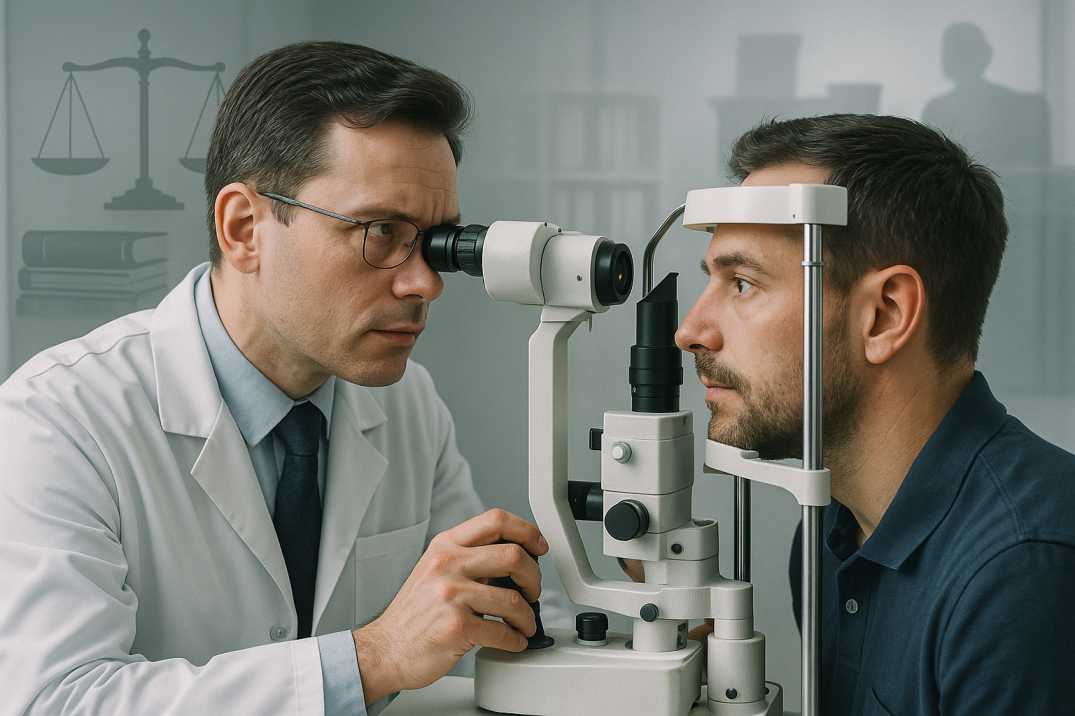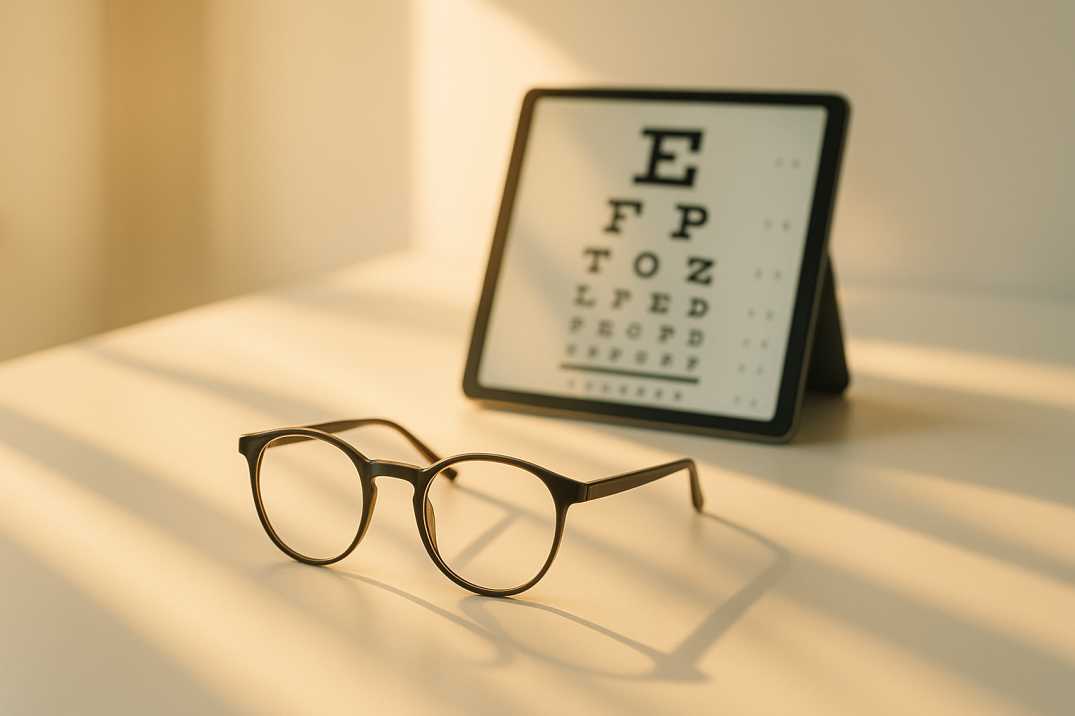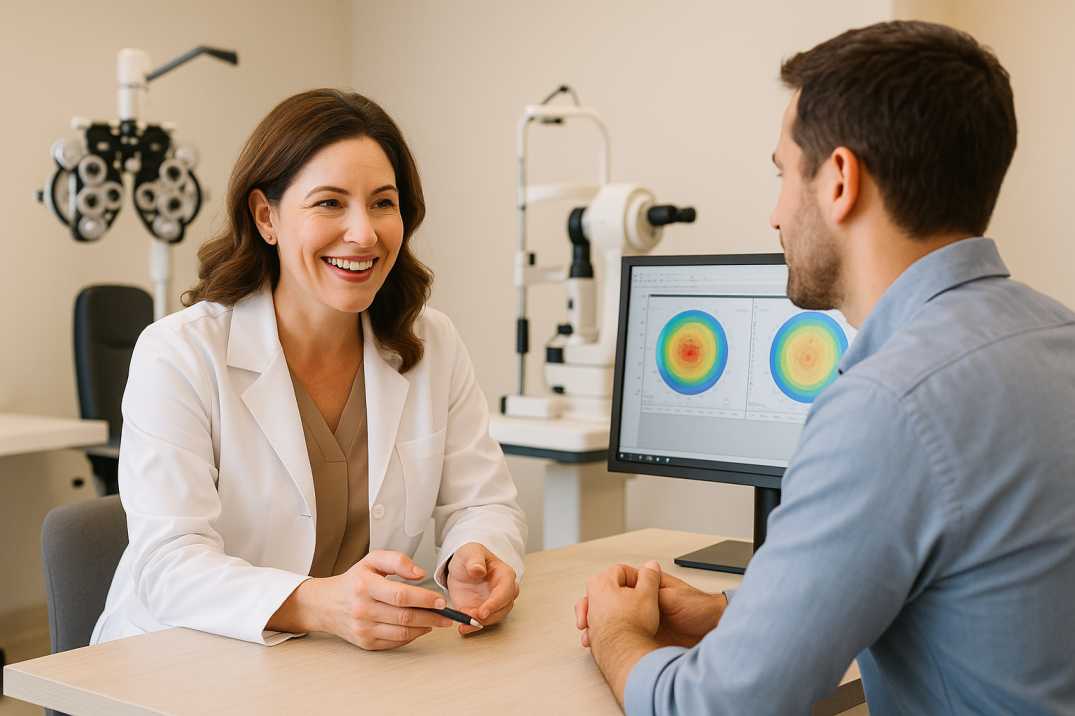Reading Glasses for Presbyopia: Seattle Tips
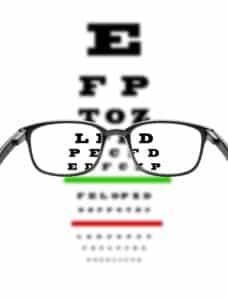 Presbyopia: Your Eyes’ Natural Aging Process
Presbyopia: Your Eyes’ Natural Aging Process
Just like stiffening joints, your eyes lose focusing flexibility with age. Presbyopia – the gradual decline in near vision – typically begins in your 40s when the eye lenses thicken. This makes reading phones or fine print challenging without correction.
5 Signs You Need Reading Glasses
-
Holding books/phones farther than 16 inches to focus
-
Eye strain or headaches during near work
-
Needing bright light for fine print
-
Difficulty seeing food clearly while eating
-
Good distance vision but worsening near vision
Why Drugstore Readers Can’t Replace Eye Exams
Skipping professional exams risks missing:
-
Diabetic retinopathy
Seattle patients: Get comprehensive biennial exams at Cannon EyeCare – your “physical for eyes.”
Selecting Your Reader Strength: A Step-by-Step Guide
-
Find diopter power on temple arm (+1.00 to +4.00)
-
Start low: +1.00 for the 40-44 age group
-
Test with phone at 14-16 inches
-
Upgrade if: Still holding materials farther away
Contact lens wearers: Bring contacts when testing readers
Invest in Quality: Eyebobs Readers at Market Optical
Why premium readers outperform drugstore pairs:
-
Anti-reflective coating (reduces screen glare)
-
Optical clarity for sharper vision
-
Style-forward frames
Available at Cannon EyeCare’s partner optical in Seattle
Start with a low-power reader, and then grab your phone or a magazine. Hold the reading material at about 14-16 inches 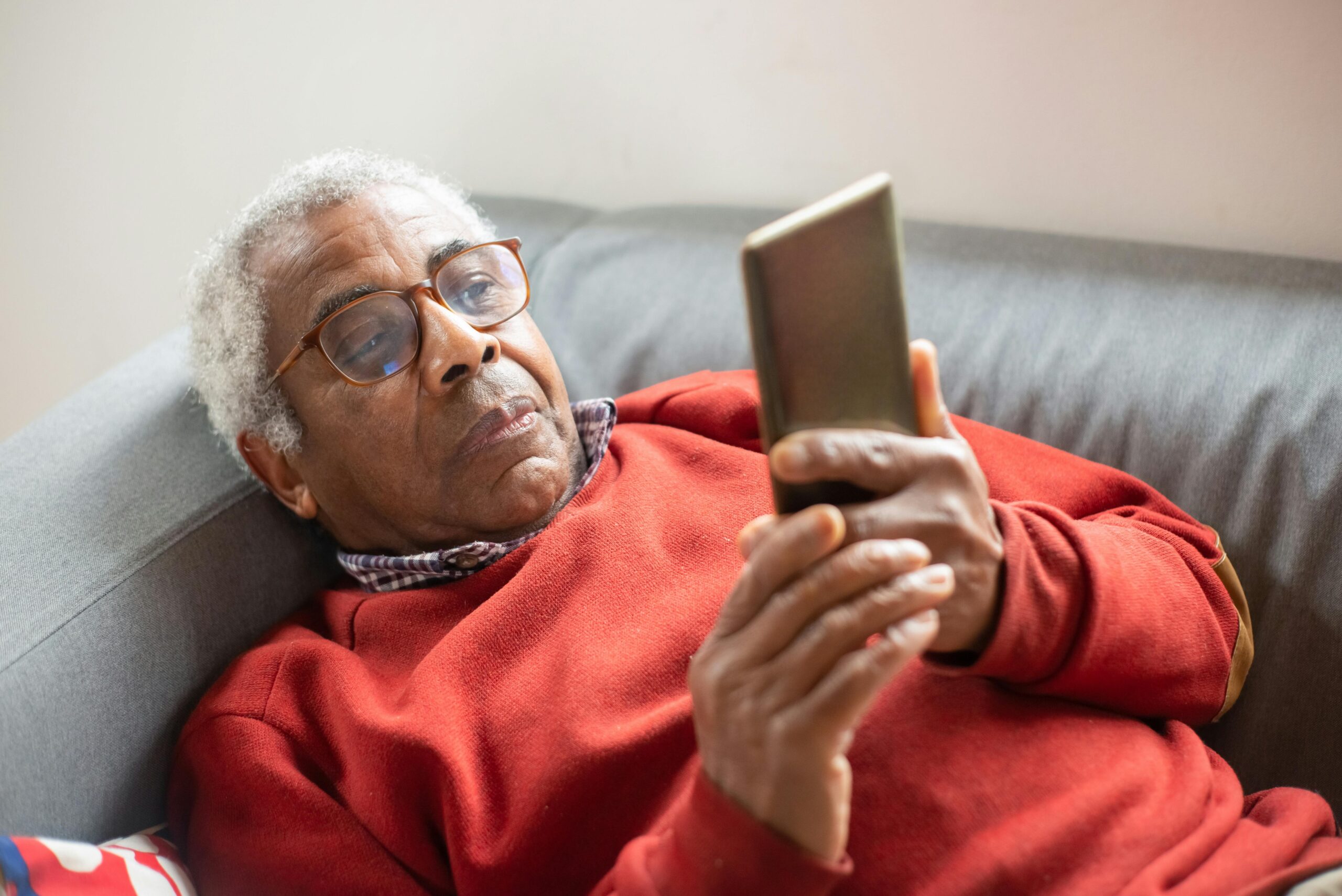 (35-40 cm).
(35-40 cm).
If you can read comfortably, then you are done. If you still have to hold the material further away to make it clear and comfortable, go up one quarter diopter. Ideally, you want to select the lowest power that gets the job done.
When Readers Fail: Seattle Optometrist Solutions
Readers can’t fix:
-
Uneven prescriptions
-
Progressive presbyopia
Visit Cannon EyeCare if: -
Your readers “stop working” within 2 years
-
You experience eye strain
-
Need personalized prescription readers
Depending on your glasses prescription, you might need prescription reading glasses. Ask your eye doctor about this, especially if reading glasses have not solved your near vision problems.
When to See Your Eye Doctor
If your near vision is blurry, you should probably make an appointment to see your optometrist. Regular eye health exams go a long way towards preserving your eyesight. Eye doctors are much better at helping patients maintain the vision they have than at restoring vision after it’s been lost due to undiagnosed eye diseases. Preventing vision loss is the key.
Plus, if you already use glasses or contacts to see well in the distance, you’ll want to get an eye exam so that your eye doctor can prescribe multifocal (progressive) glasses.
Seattle Emergency Eye Care: When to Act Fast
Seek IMMEDIATE care for:
-
Eye pain or trauma
-
Chemical exposure
American Optometric Association: Biennial exams for 40-64 year olds
What is a “diopter chart,” and how can you select reading glasses based on your age?
A: A diopter chart indicates the predicted reading glasses power based on your age and assumes you don’t need distance glasses. Many factors, such as your distance prescription, can throw this off, but this chart still might be useful.
Your Reading Glasses Strength Guide
Age-Based Starting Points for Readers
(Estimates only – actual needs vary):
-
40-44 years: Begin with +1.00 diopter
-
45-49 years: Typically need +1.25 to +1.50
-
50-57 years: Often require +1.75 to +2.00
-
58+ years: Usually +2.25 or stronger
Presbyopia is a normal part of aging, but it doesn’t have to slow you down. Whether you’re picking up your first pair of readers or dealing with progressive changes in near vision, the right strategy can keep you reading comfortably for years to come. Remember that over-the-counter readers can help, but they’re no substitute for professional eye care. Regular exams are the best way to protect your vision, catch serious eye diseases early, and get personalized solutions that really work.
FAQs
-
What is a reading glasses test and how does it work?
A reading glasses test uses a printed diopter chart held 12–16 inches away to identify the smallest line you can read clearly, helping estimate your ideal magnification strength
-
How do I find the right strength for my reading glasses at home?
-
When should I take a reading glasses test?
-
Why is measuring diopters important for reading glasses?
-
How accurate are at-home reading glasses tests compared to professional exams?
-
Where can I get a printable reading glasses test chart?
-
How often should I retake a reading glasses test?
-
How do I know if I need reading glasses?
-
What distance should I hold the test chart for a reading glasses test?
-
Can I use a smartphone screen for a reading glasses test?
-
What does a +1.00 or +2.50 mean on reading glasses?
-
Are reading glasses tested for quality and safety?

